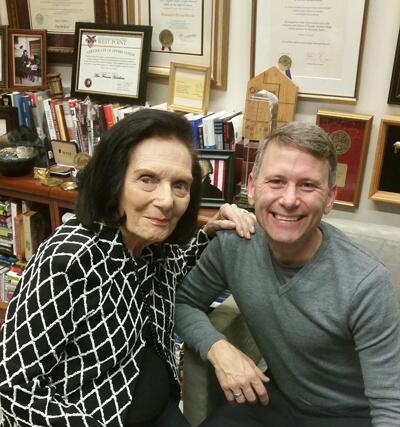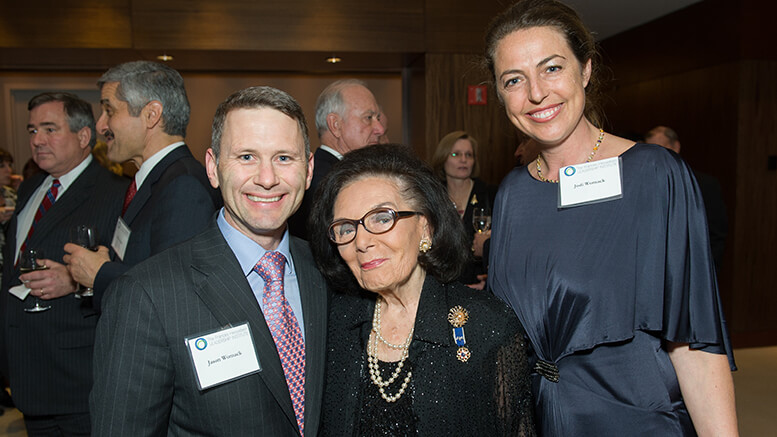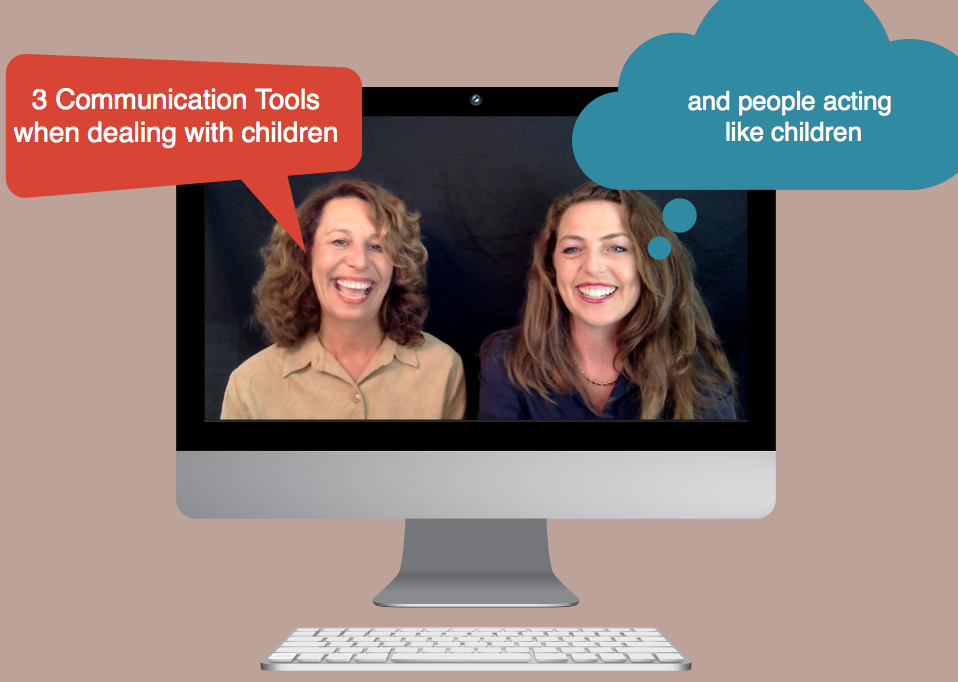Since 1997, I’ve looked to learn by getting away from it all…So I can come back to more.
Where Do You Do What You Do?
When asked, “Why are you on the road so much?” I reply, “I go to learn, I go to experience, I go to see new things.” I can work on an American Airlines flight over the Atlantic or Pacific Ocean, set up a “temporary office” at a Starwood hotel, or review client notes at a locally-owned, community-focused coffee shop. In fact, I wrote the book Your Best Just Got Better while I was traveling across 4 different countries, visiting more than 15 cities, working with more than 20 clients…
Pause for a moment…Before you read the 5 tips below, ask yourself WHERE you work, and where you get your BEST work done. Over the next 5 days, position yourself where and when you can get the right things done.
So, what are some of the productivity tips I count on to get things done, move forward on my biggest priorities, and enjoy life to the fullest? Here, I’ll share a few with you. My only ask, will YOU share one of YOUR tips in the comment area below? Each week for the next month I’ll review and comment on your comments - and one lucky writer will win a signed copy of my book!
Productivity Tips
Let’s do this in a Question and Answer format. Ready?
1. How do I streamline my work and my effort?
There are two tactics I use every day that I need to be engaged and productive. (Full Transparency: That’s most days. I can’t really tell the difference between being on stage working with a client group, racing a triathlon, or writing a chapter for an upcoming book…)
Tactic #1: I choose a maximum of THREE Most Important Things for each day. MITs are topics - or areas of focus - that I commit to working on throughout the day. They’re bigger than tasks, and smaller than year-long objectives. Generally, I set the MITs for the week on Sunday or Monday. I use these as “Guideposts” during the week. Generally, SOMEthing will come in to test my resolve as to whether I’ll stay true to the plan. Then, at the end of the week I have something to measure my progress against. Namely, the question: “Did I do what I said I would do?”
Tactic: 2: The “Ideal Day Process” that I write about in chapter one of Your Best Just Got Better. (Download the chapter for free right here.) Here’s what I do: I choose a pretty big day sometime in the near future. A work day. A triathlon competition day. A writing day. A travel day. A day off with Jodi… It doesn’t matter what KIND of day; it only matters that it’s an important one and it’s about a week or a month out in the future.
Next, I take out a piece of paper and on top of that paper I write, “If this day were a great day…” and then I write about 8 to 10 paragraphs. I call this my Ideal Day Process; it’s a time when I give myself the gift of my own attention and focus on what the day would be like if everything went well. Often, I’ll surprise myself the more I write. After I finish writing it, I’ll ask myself the question, “Now, is there anything I can do ahead of time that will increase the likelihood that what I wrote can happen?”
I always add a few things to my To Do list.
2. What is my everyday struggle?
The hardest thing we have to do as knowledge workers is decide what opportunity to turn down. Just recently, a local organization came to Jodi and I and asked if we’d want to head up a leadership development program for high school students in our local community. There was ample support from different community-based civic and business organizations, and the timing of the roll-out was far enough away that we “could have possibly” managed it.
It took Jodi and I two long walks, and three dinners of discussion before we came to our final answer. “No.” It was difficult, but looking out over the next 24 months we have so many things coming toward us, and our attention is so much dedicated to growing a part of our business that I had to put my foot down and say that we couldn’t do it. Is there remorse? Or retreat? That’s the hardest thing about being productive. When I do say “No” to something, I will always wonder: “Should I have done it?” The answer - when and if it comes - is always delayed…Sometimes coming much, much later.
3. What are my favorite productivity “tools?”
I must say my favorite productivity tools are varied. It’s going to help to understand what I even mean when I use the word productive. So, here’s my definition:
“I am productive when I do what I say I was going to do in the time that I promised.”
Now, that being said, I’ll use almost ANYthing to help me be productive. But, my FAVORITE tools would have to be:
- A pen
- A notebook
- A whiteboard
- A camera
- A digital list manager
- A digital (online/shareable) calendar
- A telephone
As I think about the work I do and the clients I do it for, those would have to be the “tools of choice” that I turn to time and time again.
4. How do I clear the roadblocks?
I have a philosophy here: Once I notice a roadblock, it’s too late. When I’m not motivated is the worst time to try to pump myself up. When I don’t feel like working out, that’s the wrong time to hit the open road or run along the trails. So, I have milestones in place. Each Thursday I ask myself the Weekly Decompress questions that we devised (see www.getmomentum.com/decompresslite). These four questions cause me to focus on what it is I’ve done over the past few days, and also put me in a mindset to avoid the roadblocks that I intuit are coming around the corner.
When it comes to getting the right things done, half the battle is knowing that I don’t know all the moving pieces. At some point, something is going to come my way and knock me off balance. The real trick is to have as grounded a position as possible BEFORE the knock…
5. Do I use mobile devices (phones, phablets, tablets, laptops) to get things done?
Ok, so I’ve got them all:
- iPhone
- Nexus
- iPad
- MacBook Pro
Each one has specific uses, and I tend to NOT blend them. That is, my Nexus 5 is a GREAT digital “consumption” device where my MacBook is a great “creation” tool. My iPad is good for raw text entry (first draft of this blog post for example) while my iPhone is perfect for taking pictures of notes I take in meetings on a whiteboard or in a notebook.
The most important - and productive thing - I help people do is decide HOW to use each of their productivity tools to the best of their ability…
As you think about the week ahead, you’ll see how you can be as productive as ever, just about anywhere you find yourself. At the office, at the kitchen counter, in the living room, on an airplane, at an airport, in a hotel room…Getting things done is about ending a work session and feeling like you made something better. That’s the arbiter of a good day at work (or in life).



